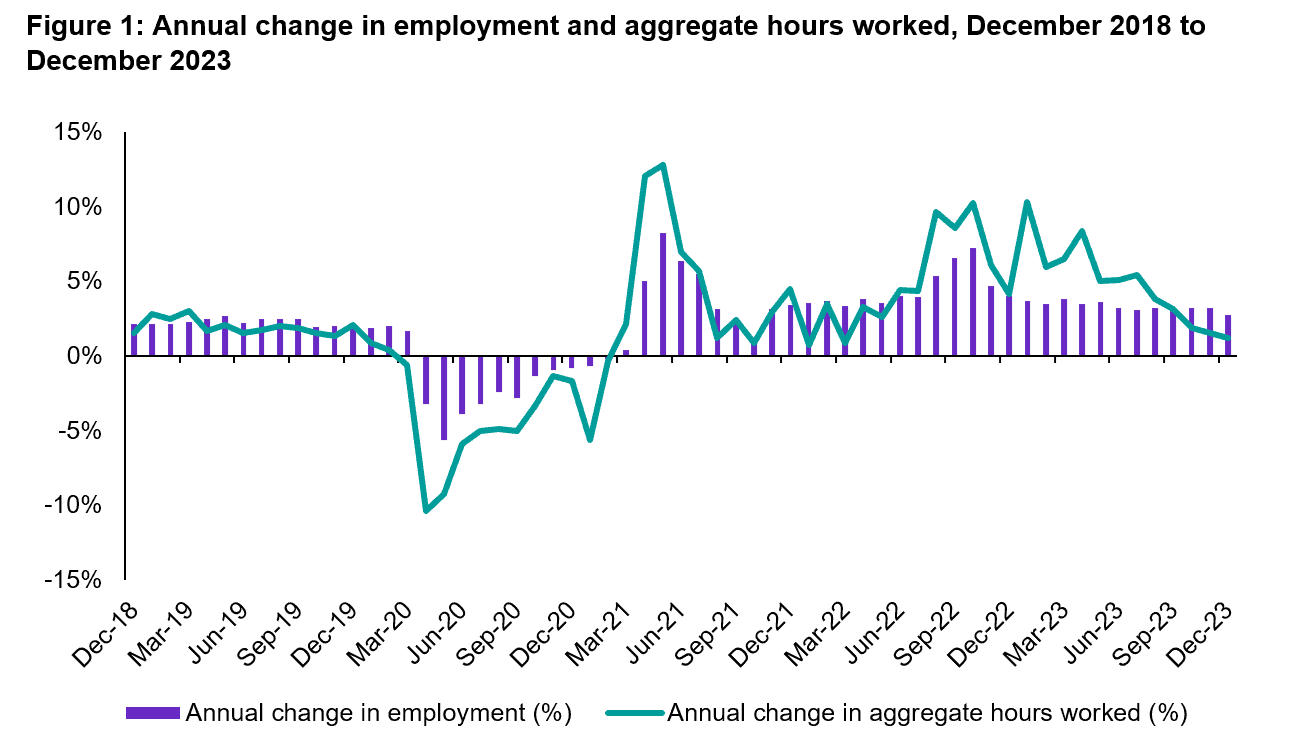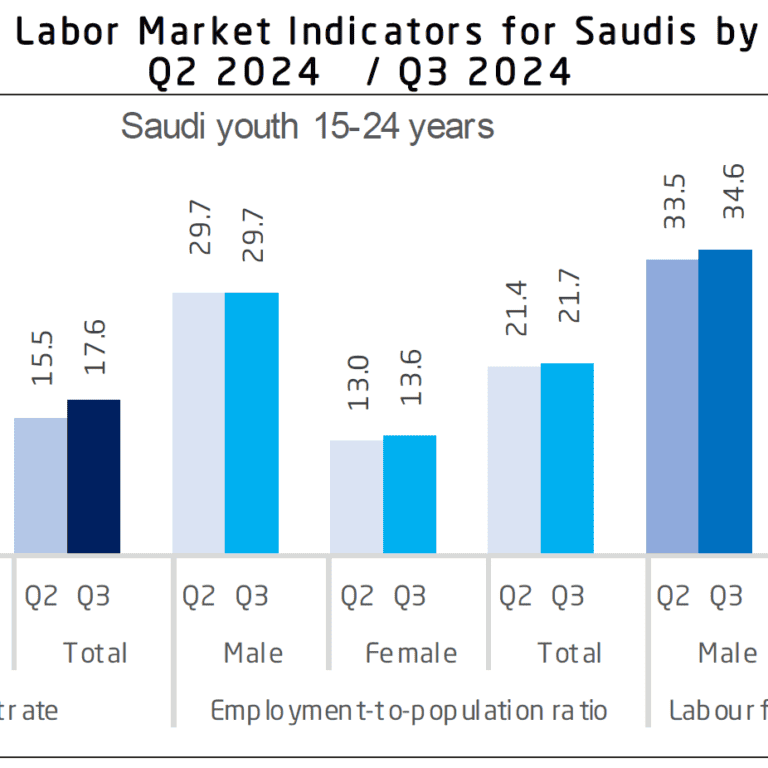Labour Market Update: Australia Faces Softening Conditions
The Australian labour market saw a continued softening over the December quarter of 2023, marked by a shift towards part-time employment growth and a decrease in full-time jobs. Despite reasonably tight underlying conditions, reflected in a 3.9% unemployment rate in December 2023, forecasts predict a further uptick in unemployment to 4¼% by the June quarter of 2024. This shift is accompanied by a rise in underemployment, indicating some slack in the labour market.
Several indicators suggest a softer outlook. Recruitment rates have fallen, with job advertisements decreasing by 16,100 over the year to December 2023. However, employers are still struggling to find suitably skilled workers, especially for higher-skilled occupations. This challenge persists despite a slight increase in the average number of applicants per vacancy.
Regionally, recruitment activity varies, with capital cities experiencing a sharper decline in vacancies compared to rest-of-state areas. Remote regions face additional challenges due to their distance from population hubs and specialized industry needs, such as mining and agriculture.
In terms of industry trends, the Health Care and Social Assistance sector continues to drive employment growth, largely led by women, who make up 76% of the industry’s workforce. The shift towards higher-skilled occupations remains a long-term trend, reflecting a more educated workforce and a transition towards service-based industries.
The youth labour market weakened, with decreases in both employment and full-time jobs over the December quarter. The youth unemployment rate rose to 9.5%, signalling challenges for young job seekers.

Long-term unemployment decreased slightly but remains elevated, suggesting ongoing difficulties in transitioning job seekers back into the workforce.
Despite the decline in job vacancies, filling positions remains challenging for employers. While there has been an increase in the number of applicants per vacancy, the number of suitable applicants has only marginally risen, indicating persistent skill shortages.
In summary, Australia’s labour market faces a period of softening conditions, characterized by shifts towards part-time employment, challenges in filling vacancies, and regional disparities. Addressing skill shortages and supporting transitions for vulnerable groups, such as youth and the long-term unemployed, will be key priorities in navigating these evolving dynamics.
You can download the original report here.

What Saudi Arabia’s Latest Labor Market Data Means for the Recruitment Industry
The third quarter of 2024 labour market statistics for Saudi Arabia offer a rich landscape of opportunities for recruitment agencies to support Saudi Arabia on its aspirational Vision2030 goals. With...
Read More
Singapore’s Latest Labour Market Analysis Compared to Australia
Recently Ubidy had the pleasure of being invited to join a trade mission to Singapore and Malaysia and as a part of this trip, we noticed some fascinating aspects of...
Read More
